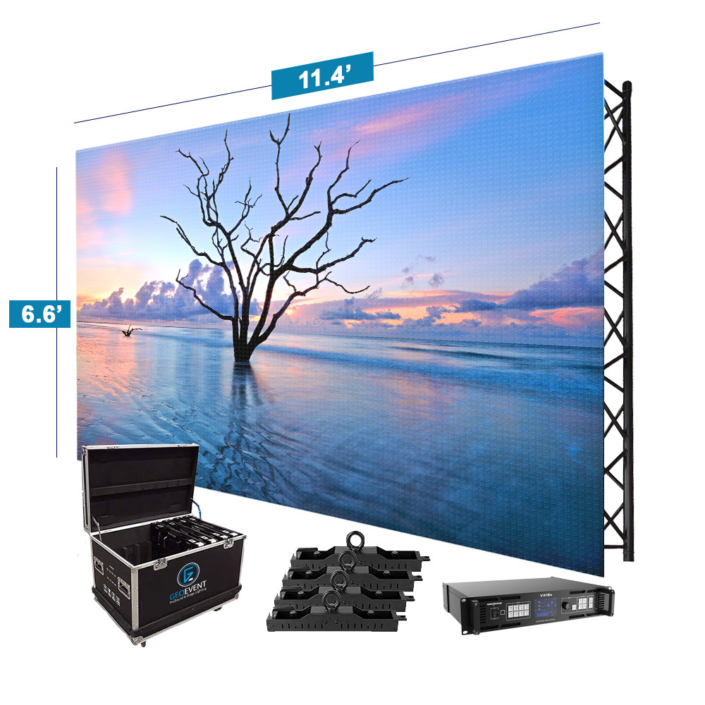Exploring The Way Resolution Influences the Performance and Aesthetic Caliber of LED Screens in Contemporary Display Techniques
Exploring The Way Resolution Influences the Performance and Aesthetic Caliber of LED Screens in Contemporary Display Techniques
Blog Article
Light Emitting Diode screens are becoming more and more common in different environments, including concerts and sports competitions to business displays and art exhibits. One of the key crucial elements that influence the performance and visual clarity of these displays is resolution. Resolution denotes the number of picture elements that compose the visual on the display. Higher image clarity indicates additional picture elements, which can result in sharper and clear images. Grasping how resolution affects LED screens can help operators make informed choices about their screen requirements.
When discussing resolution, it is essential to consider picture pitch, which is the distance between the midpoint of one picture element to the midpoint of the following picture element. A smaller pixel pitch results in a higher image clarity, enabling more clarity in the images displayed. For example, an LED wall with a picture pitch of 1.5mm will offer a sharper image than one with a pixel pitch of 3mm. This is particularly important in environments where audiences are near to the display, such as in a compact location or a exhibition event booth. In these cases, a greater image clarity can greatly improve the observing quality.
Another aspect of resolution is its impact on hue precision and luminosity. LED walls with higher resolutions often have better color rendering, indicating that the hues shown are increasingly vibrant and true to life. This is crucial for uses like marketing, where the objective is to attract attention and convey a concept effectively. Additionally, higher resolution screens can preserve brightness levels even when viewed from different angles. This is crucial in big locations where audiences may be seated at different ranges and angles from the screen.
The performance of LED walls is also influenced by image clarity in terms of update frequencies and reaction durations. A greater image clarity screen can support quicker update frequencies, which is crucial for fast-moving material such as films and motion graphics. This means that the images on the screen will appear smoother and more fluid, enhancing the overall viewing experience. In contrast, lower resolution displays may struggle with fast-moving content, resulting in blurriness or delay. Therefore, for events that rely on dynamic images, selecting a screen with a appropriate image clarity is vital.
In summary, image clarity plays a crucial role in defining the functionality and visual clarity of LED walls. Factors such as pixel spacing, color accuracy, brightness, refresh rates, and reaction durations all affect how efficiently a screen can communicate information and engage audiences. As technology continues to progress, understanding Get More Info these factors will help users select the right LED wall for their specific requirements, guaranteeing that they obtain the optimal possible results in their presentations and events.